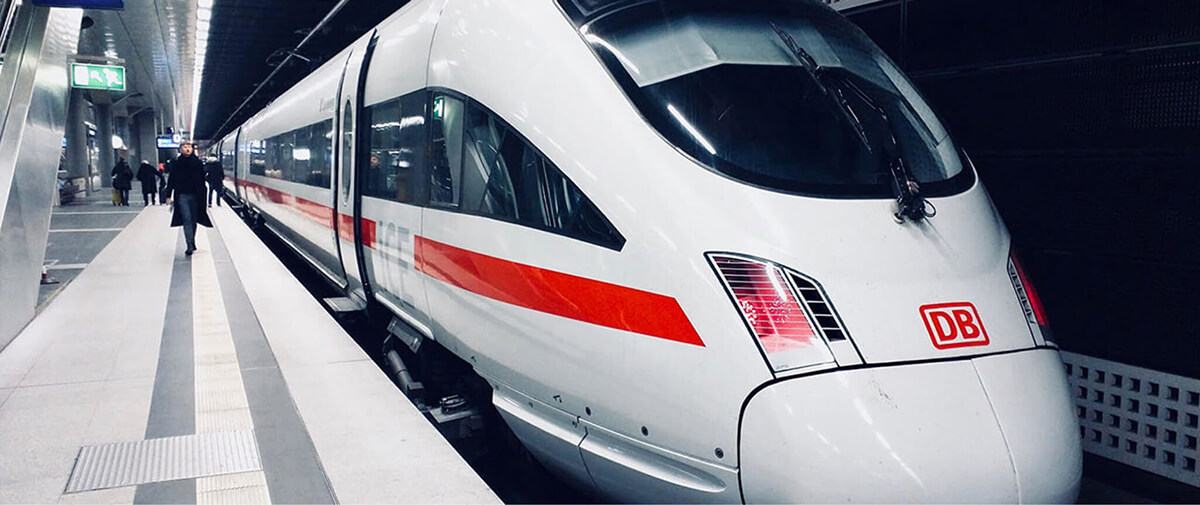- Who We Are
- What We Do
-
-
- Our Services
Industry Expertise
-
Business Functions
Technology
SaaS
-
-
- Insights
- Working at SELISE
- Contact Us
- EN
- DE
en
- EN
- DE

Deutsche Bahn AG, (DB), is the largest railway transport company in Europe and one of the leading railway companies in the world by revenue. DB has taken a number of initiatives introducing the state-of-the-art digital technologies in the railway sector to make the entire rail system smart.
Physical track inspection and reporting involved taking notes on pen-and-paper on-site, often in extreme weather conditions, and later feeding these data manually into the system at the back-office. The lack of adequate internet connectivity in some of the remote locations made the task more difficult for DB’s employees.
Partnering up with DB in 2019, SELISE developed the app ‘TRACKORD’ which has been used to conduct inspections on the technical facilities, such as tracks, junctions, and station buildings. With an intelligent user guidance, it enables collecting data on-site, syncing a team of inspectors’ works, and a photo-documentation report generation process, where users can input photos and notes of the activities around the track to generate the reports.
TRACKORD is compatible with tablets and features offline functionality. With an intuitive & easy-to-use user interface, the tablet app allows to record data offline in remote locations with the ability to seamlessly sync data when network is available.

Email: info@selise.ch
Contact Number: +49 89 54196883